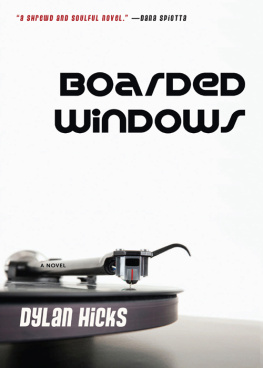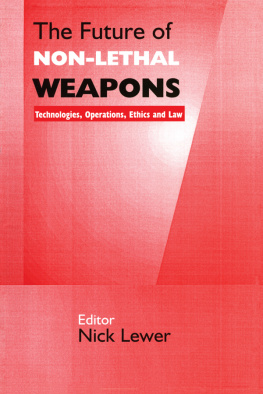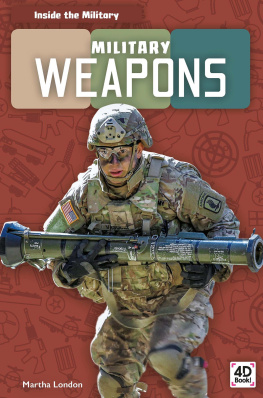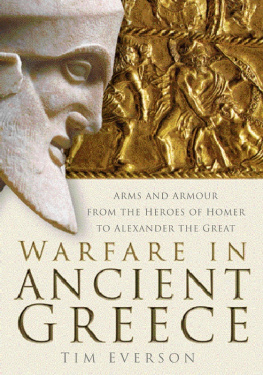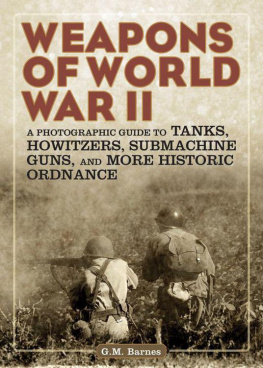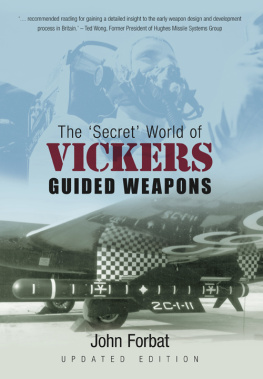
First Published in 1941
First Skyhorse Publishing edition 2015
All rights reserved. No part of this book may be reproduced in any manner without the express written consent of the publisher, except in the case of brief excerpts in critical reviews or articles. All inquiries should be addressed to Skyhorse Publishing, 307 West 36th Street, 11th Floor, New York, NY 10018.
Skyhorse Publishing books may be purchased in bulk at special discounts for sales promotion, corporate gifts, fund-raising, or educational purposes. Special editions can also be created to specifications. For details, contact the Special Sales Department, Skyhorse Publishing, 307 West 36th Street, 11th Floor, New York, NY 10018 or info@skyhorsepublishing.com.
Skyhorse and Skyhorse Publishing are registered trademarks of Skyhorse Publishing, Inc., a Delaware corporation.
Visit our website at www.skyhorsepublishing.com.
10 9 8 7 6 5 4 3 2 1
Library of Congress Cataloging-in-Publication Data is available on file.
Cover design by Owen Corrigan
Cover photo credit: Thinkstock
Print ISBN: 978-1-63220-278-9
CONTENTS

LIST OF ILLUSTRATIONS

ACKNOWLEDGMENTS

THE author wishes to thank Mr. Andr Jandt for executing with such meticulous care the illustrations appearing in this book.
To Mr. Roger Cholin for much-appreciated help.
To Technical Sergeant H. A. Johnson, Ordnance Department, for help in the selection of illustrations and captions.
J. E. H.
PREFACE

I N THE present crisis it has become imperative for Americans to learn of the forces that shape the outcome of battles. The factors making for either defeat or victory are many, and some of them are not entirely within the grasp of men. Yet those which depend purely on human efforts may be generally classified as morale, leadership, tactics, and ordnance. It is of the last factor, ordnance, that we wish to tell in this book. Ordnance is a general name for military supplies such as small arms, cannons, tanks, tractors, and ammunitions of all kinds. Thus our Army maintains a special service, the Ordnance Department, to provide munitions for our soldiers and to supervise the manufacture of both the defensive and offensive weapons of warfare.
Ordnance is a factor all the more important in battles, because it is upon the quality of military supplies that hinge matters of morale, leadership, and even tactics. A soldier must have complete confidence in his rifle. Weapons superior to those of the enemy enable a general to carry out his plans with a minimum of interference, and his tactics will change in accordance with the relative merits of the arms which are at his disposal. Ordnance has had a particularly important effect upon the history of Ethiopia. In 1886 the French Army adopted the Lebel rifle and rejected Daudeteaus gun. A few thousand pieces of the latter type were sold to Ras Menelik, an Ethiopian war lord. It was one of the first small caliber rifles (8mm.) fed by a magazine carrying five cartridges. When the Italians tried to conquer Ethiopia in 1897 they met defeat at Aduwa, where Ras Meneliks men sent small bullets propelled by smokeless powder to a greater distance, with much more speed and accuracy, than the Italian rifle could give with its 11-mm. caliber and its black-powder cartridges. Thus, superior ordnance rather than leadership or tactics made it possible for semicivilized peoples to repel the aggression of a well-trained European army.
A civilizations first task is self-defense, and the best of that civilizationits inventive genius, its productive power, all its resourcesmust strive to give the country the best tools of war. Defensive and offensive weapons must keep in step with advancing science. A modern rifle is even more a symbol of our mechanical progress than the automobile or the radio, for the last two thrive only behind the wall of security that our armed forces provide. Our Army consists not only of a group of men eager to defend their country; it includes numerous technicians, specialists in all fields of human effort, whose duty it is to keep abreast of potential enemies.
The Ordnance Department alone has a task full of responsibilities. It has been an important factor in shaping the course of our nations history since it must select those weapons which stand by our soldiers whenever the enemy strikes. Indeed, it has played an even more important part in furthering the evolution of all arms. It is the purpose of this book to study that part, to trace the development of weapons such as the pistol, the rifle, and the cannon, so that laymen may know the problems involved in the use of our Armys more modern tools. We have centered attention upon the arms which the country has used since General Washingtons time, although it has been necessary to glance over the progress made prior to the American Revolution as well as over the Continental innovations which have influenced the general trend of arms. Through this historical treatment we have attempted to explain the perennial limitations which inventors are still trying to overcome and which check the capacity of weapons. Inasmuch as tactics depend upon the weapons available, it is necessary for the citizens who would understand the problems of warfare and interpret its vicissitudes to turn a few leaves of the United States Ordnance history.
This book is in no sense an official publication or text, nor is it intended as such. It does not represent the opinions of the Ordnance Department nor of the War Department of the United States, the author alone being responsible for the book.
J AMES E. H ICKS
MAJOR , ORDNANCE DEPARTMENT
ARMY OF THE UNITED STATES
August, 1941
CHAPTER ONE

PISTOLS AND REVOLVERS
T HE PISTOL , perhaps more than any other weapon, affords an interest common to both the soldier and the civilian. It is primarily defensive, and self-defense is a major consideration of the soldier in times of war and of the civilian in times of peace. The pistol, like a faithful dog ready to enforce the dictates of his master, watches over the people who have trained it so that they may work and play at ease. Yet when one pictures the clumsy pistol first invented in Pistoia near Florence in 1540, when one considers its slow evolution to the neat, death-dealing weapon of today, one understands the important task performed by the Army with its continual experimentation and its wide, practical means of testing. Thus the history of the American pistol can only be written in terms of our Armys needs and of the limitations of man.
The pistol, it is true, had already passed through various stages of improvements when the United States Army came into being. Europeans had discarded the primitive matchlock type after 1635. It was a heavy, awkward weapon, ranging from a foot to a foot and a half in length. The barrel was smoothly bored and affixed to a wooden stock. The owner had to load the piece through the muzzle: he poured the powder into the barrel and rammed the ball in with a rod. He placed a few grains of powder in a minute pan which was an integral part of the lock plate on the right side of the stock and which communicated with the main charge in the barrel by means of a touchhole or tunnel. He then pulled the trigger, and the cock, like a curved monkey wrench holding a lighted wick clamped between its two jaws, lowered it into the pan. The wick ignited the priming charge, which in turn communicated with the powder in the barrel, causing it to explode. It generally took the owner, even the experienced owner, well over two minutes to complete the cycle of loading and firing.
Next page




